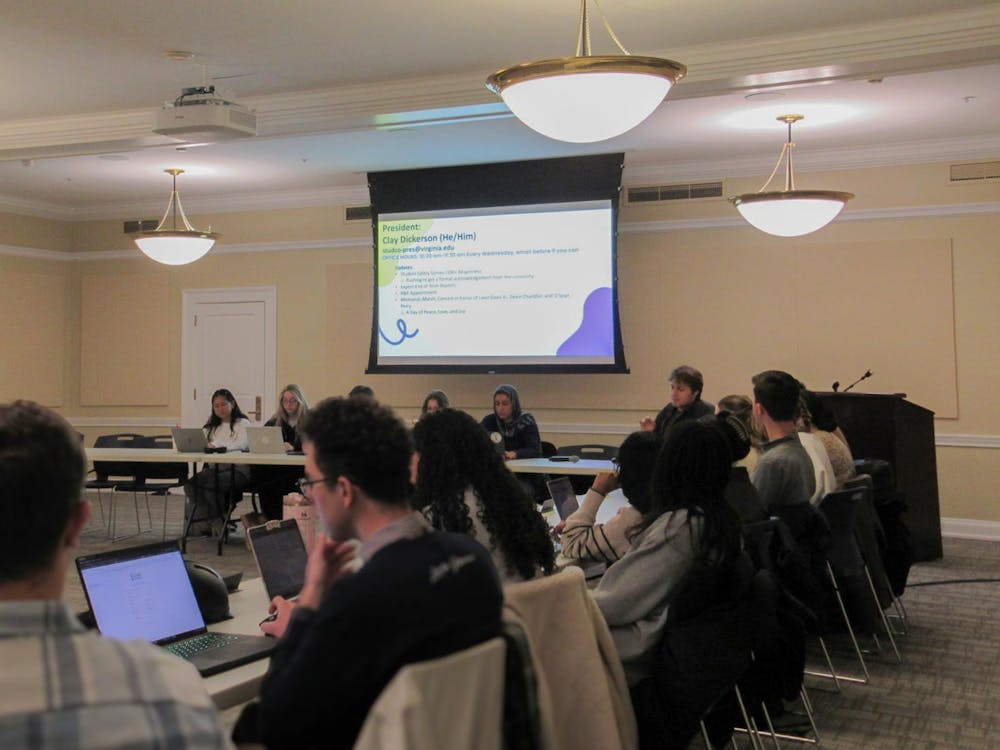The White House announced Tuesday that it would not support H.R. 5 -- known as the "College Student Relief Act" -- which would lower interest rates on some student loans.
The bill, approved by the House 356 to 71 Jan. 17, would cut interest rates from 6.8 percent to a fixed 3.4 percent by 2012 for subsidized Federal Direct Stafford Loans.
A White House press release stated that the administration opposes the bill, noting that reducing student loan interest rates would send federal funds to college graduates instead of to current students struggling with expenses. The statement did not mention whether the president was considering vetoing the bill.
Some observers disagreed with the White House analysis.
Edie Irons, spokesperson for the Project on Student Debt at The Institute for College Access, said TICAS supports the House bill because the legislation would cut nearly $4,000 over the life of a $20,000 loan.
According to a study by U.S. PIRG, a federation of state public interest research groups, the average total savings for a graduate of the University, starting with those who will begin school in 2011, would be $4,830. The study was based on 2004-2005 student loan data and applies only to federally funded Stafford loans.
The proposed legislation comes at a time when tuition costs are poised to consume an even greater share of students' and their families' financial resources. The Chronicle of Higher Education reported Jan. 17 that college tuition is increasing more rapidly than the inflation rate, personal income, consumer prices and the cost of health insurance.
The Chronicle also reported students from wealthier families currently receive more merit-based aid than poorer students.
Donald Heller, professor at Pennsylvania State University's Center for the Study of Higher Education, found the report to be no surprise.
"There's no mystery in it," he said.
He noted that wealthier students tend to live in better school districts, have greater access to test preparation and have more highly educated parents.
"All things considered equally, wealthier students will have higher grades and SAT scores and that's the major criteria for merit-based aid," Heller said.
One possible implication of this trend would be a decrease in socioeconomic diversity, Heller said.
"There's been a major switch from need-based to merit-based financial aid," he said. "This means fewer and fewer students from poorer families can receive financial aid, and they're the ones who need it. This is a very disturbing trend."
Irons also said her organization supported capping loan payments based on student income.
"This would ensure teachers, social workers and other [graduates with] lower-paying jobs that are important to society have student loans that would still be fair," Irons said.
The act would not deal specifically with this issue, but would still offer help with those students' post-graduation debts.
U.S. Rep. James Moran, D-Va., one of over 200 co-sponsors of the bill, stated in a press release that more than 90 percent of the American public favored the bill.
"I'm not surprised the president is out of touch with the American public," Moran's press secretary Austin Durrer said.
Durrer added that the fate of the bill would depend on whether supporters gather enough Senate votes to override a possible presidential veto.
--This article has been edited to reflect a correction.






